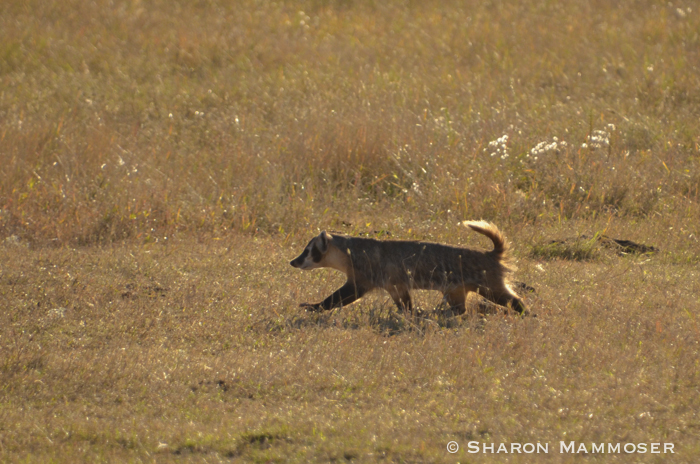
Did you recognize the mammal from last week’s puzzler as an American BADGER (Taxidea taxus)?
American Badgers are found in the western and central United States, northern Mexico, and south-central Canada to certain areas of southwestern British Columbia.
Badgers are in the Mustelid family, related to martens, fishers, wolverines, weasels, otter and mink. They range in size from 23.5 and 29.5 in long and weigh around 9-39 pounds with males being slightly longer and heavier. (There is so much range here because just before winter they fatten up considerably, taking on pounds that will help sustain them through winter. However, they don’t hibernate in winter, but rather, stay active, with periods of inactivity during really bad weather.)
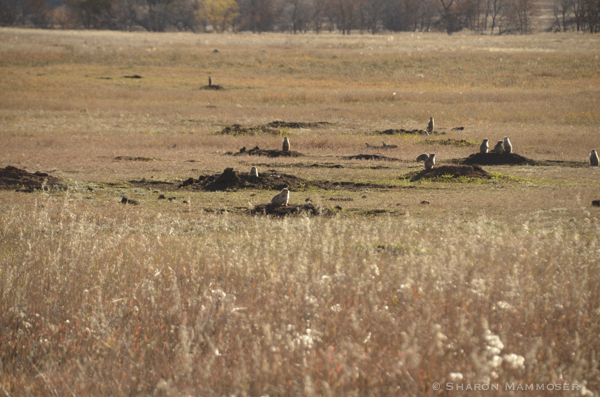
The habitat for badgers is open grasslands, deserts and open marshy areas. They are carnivores, feeding on a variety of ground nesting or ground dwelling prey including birds such as bank swallows or bank martens, amphibians, insects and other invertebrates, moles, ground squirrels, mice and other small rodents. They have huge fore claws that they use for digging–prairie dogs and other animals that live in the ground are all fair game if the badger is hungry and patient. Badgers also eat snakes, including rattlesnakes. In South Dakota, they are considered the most important predator of this reptile.
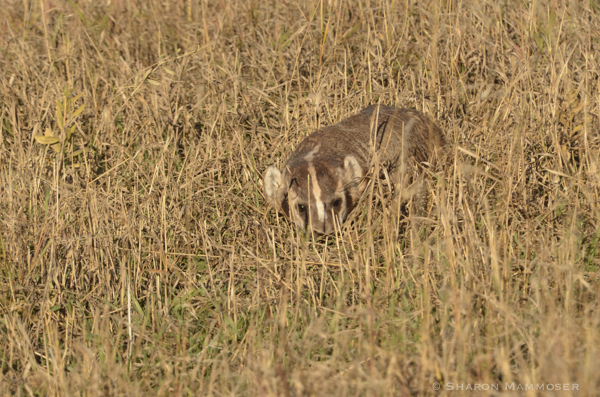
When Native Americans used to claim that badgers and coyotes hunt cooperatively, they were met with skepticism. Why would coyotes and badgers hunt together? What would they have to gain since they are both predators? Amazingly, this is true–coyotes and badgers DO often hunt cooperatively. Since they both have different hunting styles, they can both benefit from hunting together. This is what the Mother Earth Network says, “When badgers and coyotes work together, however, they combine these skills to hunt more effectively than either could alone. Coyotes chase prey on the surface, while badgers take the baton for subterranean pursuits. Only one may end up with a meal, but overall, research suggests the collaboration benefits both hunters.”
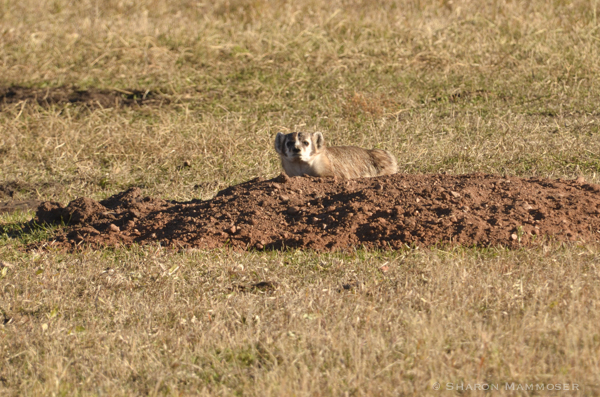
Here’s the rest of the fascinating article from Mother Earth Network on this, along with amazing photos showing both animals hanging out together. It really is just another example of how amazing Mother Nature is! I am happy to share this with you! As I’ve said time and time again, we live in an amazing world! With amazing things going on right outside of our doors everyday… don’t neglect to spend some time outside soon. There’s a lot going on out there! You never know what you might witness with a little time spent outside…. the couch, and the news can wait!
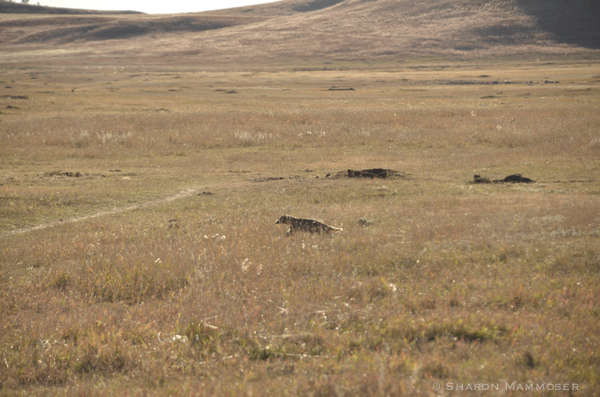
If you have any interesting or amazing animal encounters, I’d love to hear about them! Use the comment box below to fill me in.


